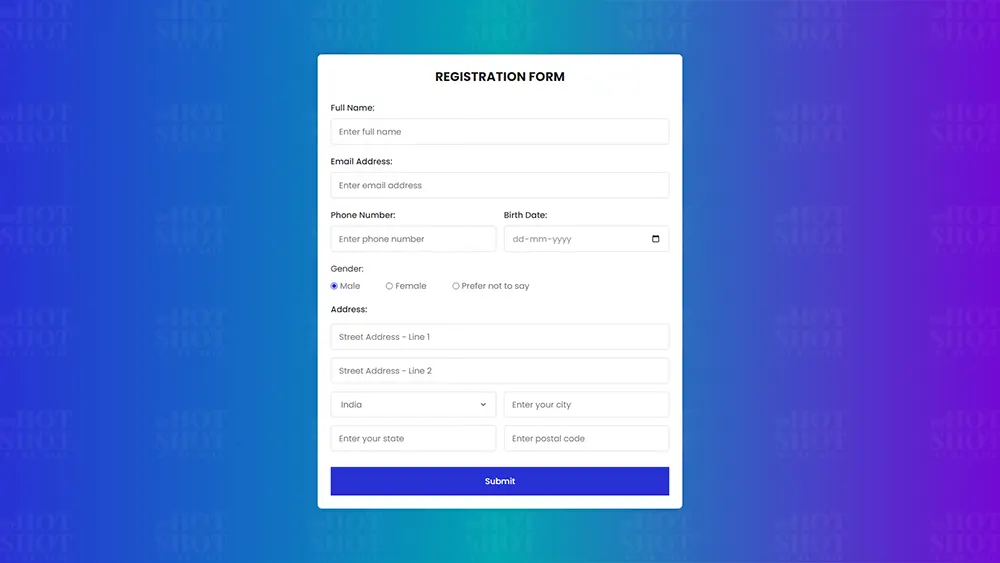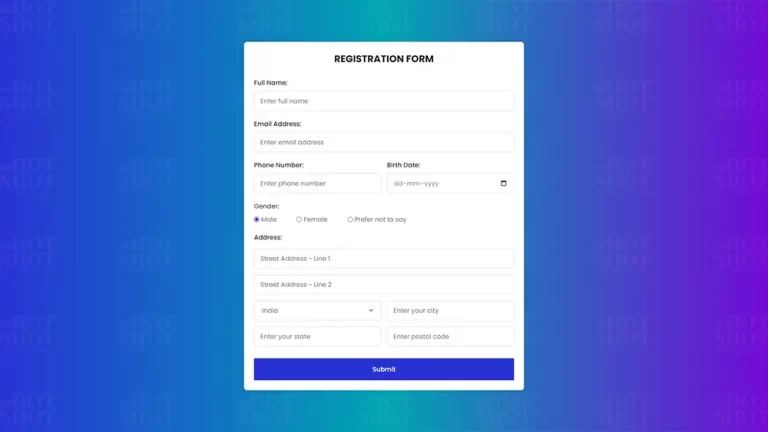Whether you’re a tech enthusiast or a casual user, encountering issues with your Windows operating system can be frustrating. But fret not! In this blog post, we’ll explore 10 common problems that Windows users face and provide you with effective solutions to fix them. So, let’s dive in and empower you to overcome these hurdles!
1. Slow Startup Times:
- Disable unnecessary startup programs using Task Manager or a third-party startup manager.
- Optimize system settings by adjusting power options and disabling visual effects.
- Perform disk cleanup to remove unnecessary files and free up disk space.
- Run a reliable antivirus scan to ensure there are no malware or virus-related causes for slow startup.
2. Blue Screen of Death (BSOD):
- Take note of the error code displayed on the BSOD screen.
- Search for the specific error code online to find relevant troubleshooting steps.
- Update device drivers, particularly graphics and chipset drivers, as outdated drivers can cause BSOD errors.
- Use Windows Memory Diagnostic to check for memory problems.
- Perform a system restore or reset if all else fails.
3. Software Compatibility Issues:
- Right-click on the program’s shortcut or executable file and select “Properties.”
- Navigate to the “Compatibility” tab and enable compatibility mode.
- Try different compatibility modes (e.g., Windows 7, Windows XP) to find the most suitable one.
- If compatibility mode doesn’t work, consider using virtualization software or finding alternative software options.
4. Wi-Fi Connectivity Problems:
- Restart your router/modem and computer.
- Update Wi-Fi drivers by visiting the manufacturer’s website or using Device Manager.
- Check for wireless interference from other devices and move closer to the router.
- Reset TCP/IP stack using Command Prompt.
- Configure router settings such as channel selection and security settings.
5. Driver Malfunctions:
- Open Device Manager and locate the device with the driver issue.
- Right-click on the device and select “Update driver.”
- Choose to search automatically for updated driver software.
- If automatic search fails, visit the manufacturer’s website and download the latest driver manually.
- Use driver update software to simplify the process if needed.
6. Windows Update Failures:
- Restart your computer and try updating again.
- Run Windows Update Troubleshooter to automatically detect and fix issues.
- Reset Windows Update components using Command Prompt.
- Manually download and install updates from the Microsoft Update Catalog if automatic updates fail.
7. Application Freezing or Crashing:
- Update the application to the latest version.
- Run the application in compatibility mode.
- Check for conflicting programs or services.
- Reinstall the application if the problem persists.
- If applicable, report the issue to the application’s support team for further assistance.
8. File and Folder Permission Issues:
- Right-click on the file or folder and select “Properties.”
- Go to the “Security” tab and click on “Edit” to change permissions.
- Add your user account to the list of users with full control or modify access.
- If necessary, take ownership of the file or folder.
- Disable any third-party security software that may be interfering with file access.
9. Disk Space Crunch:
- Use Disk Cleanup to remove temporary files, system files, and other unnecessary items.
- Uninstall unused programs and delete large, unnecessary files.
- Move files to external storage devices or cloud storage services.
- Utilize storage management tools provided by Windows to identify and remove large or duplicate files.
- Consider resizing partitions or upgrading to a larger hard drive if necessary.
10.Malware and Security Concerns:
- Install a reputable antivirus program and keep it up to date.
- Perform regular system scans to detect and remove malware.
- Enable Windows Defender Firewall or use a third-party firewall for added protection.
- Practice safe browsing habits and avoid clicking on suspicious links or downloading files from unknown sources.
- Keep Windows and all installed software up to date with the latest security patches.
Note: It’s important to exercise caution and create backups before making any significant changes to your system. If you’re unsure or uncomfortable performing certain steps, consider seeking assistance from a knowledgeable professional.











